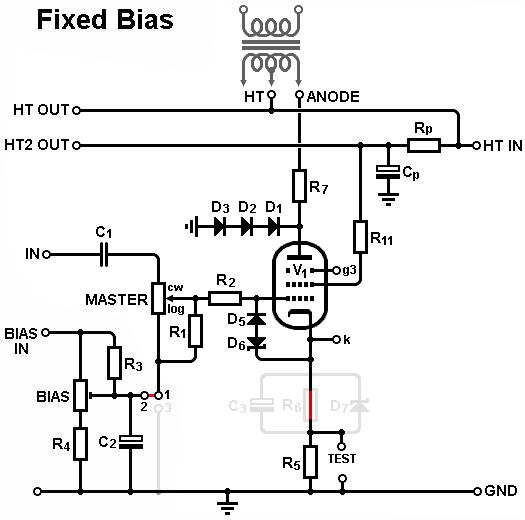Pete Farrington
Well-Known Member
Those spike removal ’snubber’ diodes change the tone of an amp when it’s overdriven.
Try putting their connection to 0V common on a dual pole switch to verify this for yourself. The inductive spikes are part of the sound of an overdriven valve amp.
Whatever, a series pair is probably inadequate, that’s less than a 2kV voltage rating, and there’s more than 2kV there. At least 3 in series is needed. Their failure mode will almost certainly be to short out. Hopefully when that happens, a fuse will blow before a transformer.
Try putting their connection to 0V common on a dual pole switch to verify this for yourself. The inductive spikes are part of the sound of an overdriven valve amp.
Whatever, a series pair is probably inadequate, that’s less than a 2kV voltage rating, and there’s more than 2kV there. At least 3 in series is needed. Their failure mode will almost certainly be to short out. Hopefully when that happens, a fuse will blow before a transformer.



